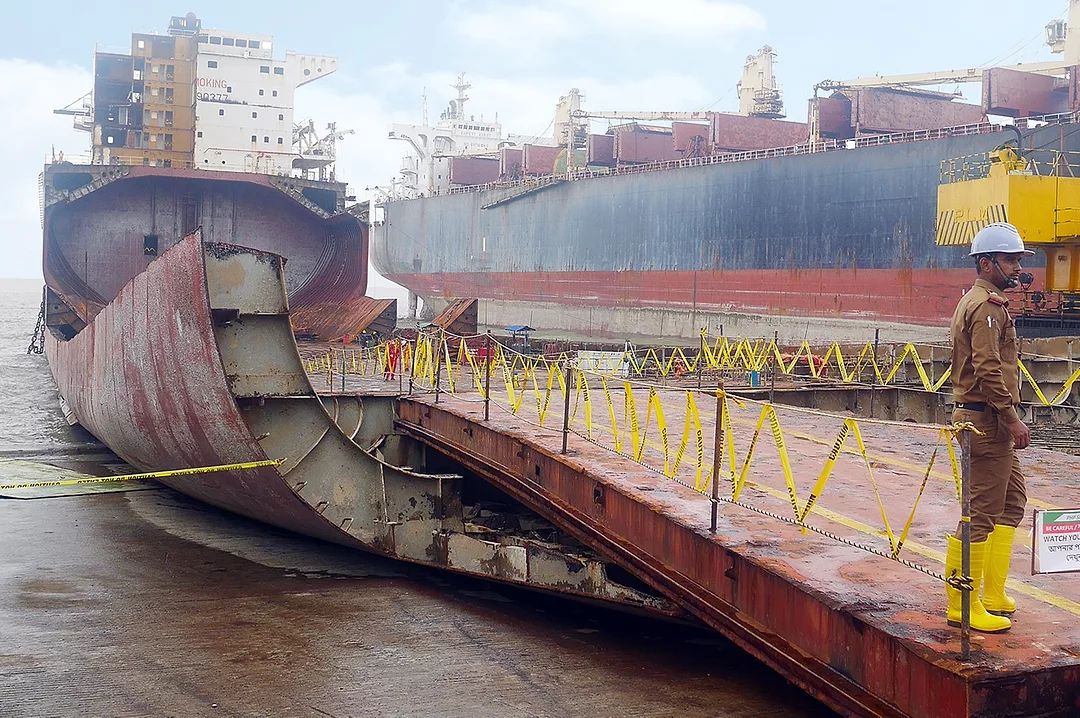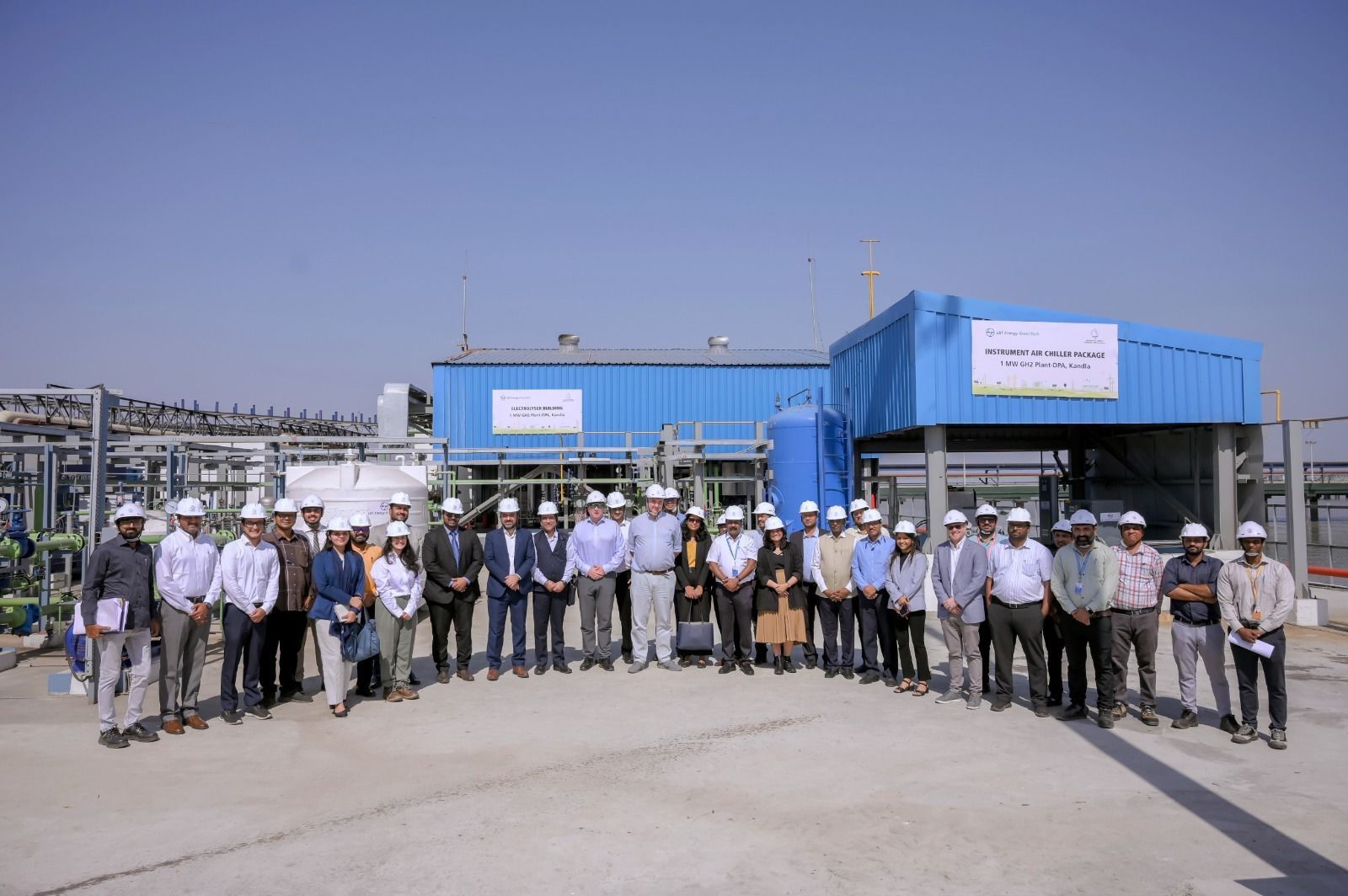Elderly Box Ships Still Sailing: Will Red Sea Reopening Spur Scrapping Surge?
Amid a global shipping industry grappling with disruptions and strong demand, nearly 1,500 ageing containerships, each over 20 years old, continue to ply the seas. These venerable vessels have been kept in operation by a confluence of factors, including the pandemic-induced supply chain crisis and the ongoing Red Sea disruptions. However, as geopolitical tensions in the Middle East show signs of easing, the reopening of the Suez route could finally trigger a long-anticipated surge in ship recycling.

The Pandemic’s Lingering Effects
The COVID-19 pandemic sent shockwaves through the global economy, but its impact on the shipping industry was particularly pronounced. Lockdowns, labour shortages, and disrupted supply chains created an unprecedented demand for shipping capacity. Faced with these challenges, operators turned to older vessels to fill the gap, extending the service life of containerships that would have otherwise been retired.
“During the height of the pandemic, the shipping industry faced a severe capacity crunch,” said a senior maritime analyst. “Every ship that could sail was pressed into service, regardless of age or efficiency.”
This demand for vintage tonnage continued even as the world emerged from the pandemic. Elevated freight rates and a backlog of cargo to be moved made it economically viable to keep older, less fuel-efficient vessels in operation. For many shipowners, the costs of maintaining these ships were outweighed by the high earnings potential.
The Red Sea Crisis
Adding to the strain was the Red Sea crisis, which has disrupted shipping routes for over a year. The closure of certain Suez-adjacent routes due to conflict in the region forced many operators to divert vessels along longer, more expensive paths. This, in turn, exacerbated the global shortage of containership capacity, providing yet another reason to keep older ships active.
“The Red Sea crisis has essentially locked in a certain amount of shipping capacity that can’t be freed up until the situation stabilizes,” explained a logistics expert. “This has further delayed the scrapping of older vessels.”
The State of Ship Recycling
Containership recycling has hit a historic low in recent years. According to industry data, only a fraction of the vessels expected to be scrapped were dismantled in 2023. By contrast, the average annual scrapping rate a decade ago was significantly higher, as technological advancements and stricter environmental regulations incentivized the replacement of older ships.
Shipbreaking yards in major recycling hubs like India, Bangladesh, and Turkey are operating far below capacity. Many of these yards rely on a steady stream of decommissioned vessels, and their reduced activity has ripple effects on local economies.
“The downturn in scrapping has been a double-edged sword,” said a representative from a shipbreaking association. “While it’s good for shipowners who can keep earning revenue from older vessels, it’s bad news for recycling yards and the workers they employ.”
Hope on the Horizon: Red Sea Ceasefire
There is cautious optimism that the situation could change soon. Reports of a potential ceasefire in the Middle East have raised hopes for a reopening of the Red Sea routes. If shipping lanes through the Suez Canal are fully restored, it could alleviate the current capacity crunch and reduce the need for older vessels.
“A return to normalcy in the Red Sea region would be a game-changer,” said a shipping economist. “It could finally open the floodgates for containership recycling, as operators no longer need to hold on to every available ship.”
Additionally, the reopening of these routes could lead to a drop in freight rates, further incentivizing shipowners to retire less efficient vessels. Combined with ongoing regulatory pressures to reduce carbon emissions, the economic case for scrapping older ships could become more compelling.
Environmental and Economic Implications
The potential rebound in scrapping carries significant environmental implications. Older ships are typically less fuel-efficient and emit more greenhouse gases than their modern counterparts. Retiring these vessels and replacing them with new, eco-friendly designs could contribute to the shipping industry’s efforts to meet global climate targets.
From an economic perspective, a surge in scrapping would revitalize shipbreaking hubs, creating jobs and boosting local economies. It would also provide a steady supply of recycled steel and other materials, which are in high demand for construction and manufacturing.
Challenges Ahead
Despite the potential benefits, challenges remain. Geopolitical uncertainties in the Middle East could delay the reopening of Red Sea routes, prolonging the current status quo. Additionally, the global shipping industry’s appetite for scrapping will depend on market conditions, including freight rates and demand for cargo transport.
“Even if the Red Sea routes reopen, it’s not a given that scrapping will rebound immediately,” cautioned a maritime strategist. “Owners will weigh multiple factors, including the cost of compliance with new environmental regulations and the availability of alternative revenue streams.”
The Road Ahead
For now, the sight of aging box ships crisscrossing the oceans remains a testament to the resilience and adaptability of the shipping industry. Yet, as the world looks toward a post-pandemic recovery and a resolution to the Red Sea crisis, the tide may finally be turning for these veteran vessels.
The reopening of the Suez route could mark the beginning of a new chapter for the industry, one where sustainability and efficiency take center stage. Whether this will lead to a scrapping surge remains to be seen, but the industry is undoubtedly poised for significant change.
Author: shipping inbox
shipping and maritime related web portal








